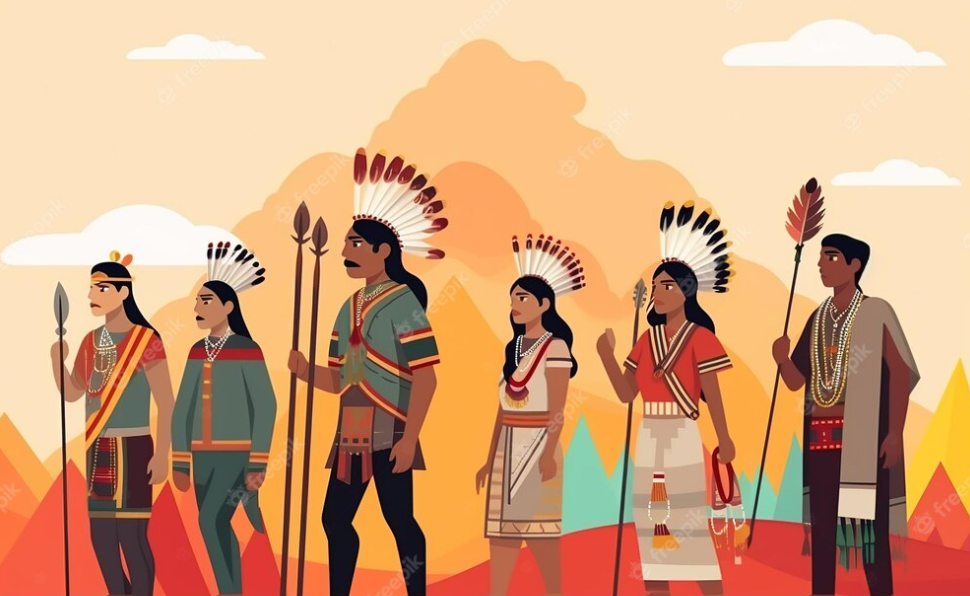In a global that is unexpectedly becoming interconnected, the importance of language transcends mere conversation; it is a carrier of way of life, history, and identification. Indigenous languages, frequently passed down through generations, preserve a wealth of knowledge and background. However, with the dominance of world languages, many of those languages are facing the danger of extinction. This blog delves into the importance of indigenous language translation, its demanding situations, and the role it plays in preserving subculture whilst selling understanding.
Why Indigenous Language Translation Matters
Indigenous languages are the vessels through which unique worldviews, histories, and traditions are conveyed. They keep profound insights into nature, community dynamics, and spirituality. Preserving those languages is essential for the continuity of cultural practices and self-identification. Indigenous language translation enables communities to pass down their information and narratives to more youthful generations, making sure that their historical past stays alive.
The Cultural Significance of Indigenous Languages
Indigenous languages are more than just a method of communication; they encapsulate the essence of a network’s identification and worldview. These languages bring the testimonies of ancestors, traditional understanding, and spiritual ideals. Translating indigenous languages enables keeping those narratives alive, fostering a more potent sense of self amongst indigenous populations.
Challenges in Indigenous Language Translation
- Lack of Resources: Many indigenous languages lack comprehensive linguistic assets which include dictionaries, grammar courses, and written texts. This scarcity poses a big hurdle for translators.
- Cultural Context and Nuances: Direct translation from indigenous languages to broadly spoken languages regularly fails to capture cultural intricacies. Translators need to be culturally aware to make certain that the real essence of the message is conveyed accurately.
- Cultural Nuances: Indigenous languages often bring culturally unique meanings that do not at once translate into broadly spoken languages. Translators must be attuned to these nuances as they should be conveying the meant message.
- Oral Traditions: Several indigenous languages are often oral, surpassed down through storytelling and songs. Translating those spoken traditions into written form requires deep information about both the language and the subculture.
- Complexity of Oral Traditions: Translating oral traditions, along with memories, myths, and songs, poses a completely unique assignment. These types of expression might not have direct equivalents in other languages, requiring deep information about each language and culture.
- Technological Barriers: Indigenous groups may also have constrained get right of entry to to technology, making virtual translation equipment inaccessible. This provides for the undertaking of maintaining and translating their languages.
The Role of Technology in Indigenous Language Translation
Advancements in technology provide a glimmer of desire for preserving indigenous languages:
- Digitization of Resources: Collaborative efforts are digitizing indigenous language resources, making them greater on hand to linguists and translators. Online dictionaries and databases assist bridge gaps in linguistic knowledge.
- Speech Recognition Software: The voice popularity era is making it possible to transcribe spoken indigenous languages appropriately. This aids in documentation and translation efforts.
- Translation Apps: Some translation apps now consist of indigenous languages, making fundamental communication between speakers of different languages feasible.
Community-Led Translation Initiatives
Indigenous communities are taking the reins in language upkeep:
- Elders as Key Informants: Elders are regularly the providers of linguistic expertise. They’re working with linguists to record languages and proportion insights into cultural contexts.
- Language Revival Programs: Many indigenous groups are establishing language immersion packages and faculties where youngsters examine their native languages alongside traditional practices.
- Collaborative Translations: Partnerships among linguists, anthropologists, and community individuals make sure accurate translations while respecting cultural sensitivities.
Uphill Battle Challenges in Translating Indigenous Languages
Limited Written Resources
Many indigenous languages have by no means been in written shape. Translators face the project of making written structures at the same time as staying real to the spoken language’s intricacies.
Navigating Cultural Nuances
Indigenous languages often bring standards that do not exist in dominant languages. Translators need to decipher and produce these nuances to bridge the gap among cultures correctly.
Converting Oral Riches
Translating oral traditions, folklore, and storytelling requires capturing the essence of spoken words in written form. This transformation needs linguistic knowledge and cultural sensitivity.
Technology Divide
In areas wherein indigenous groups reside, access to technology might be restrained. Integrating generation into translation efforts can be hard because of infrastructure disparities.
Conclusion
Indigenous language translation is not just about converting words; it’s about preserving the essence of cultures and identities. The efforts to bridge communication gaps and protect linguistic heritage are essential for fostering understanding and appreciation among diverse communities. We hope you enjoyed the blog post of Languages Unlimited about Indigenous language translation. Through technology, collaboration, and community-driven initiatives, we can work toward a future where indigenous languages continue to thrive, enriching our global tapestry of human expression.

